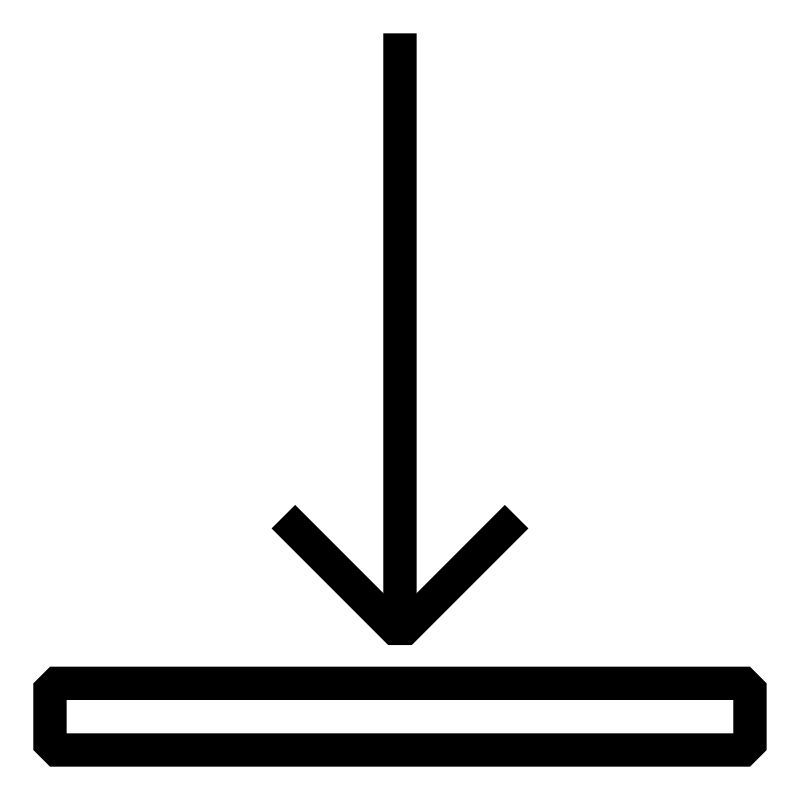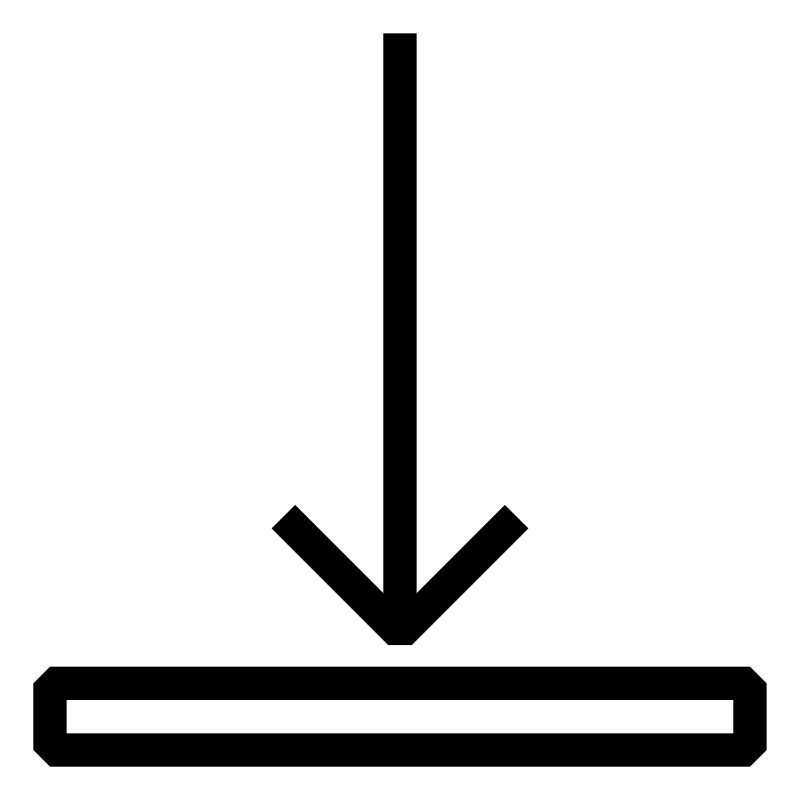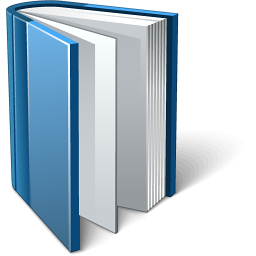Description
La maintenance d'une machine après sa livraison est assurée par le constructeur de machines ou par l'utilisateur final. Différents facteurs peuvent être à l'origine d'erreurs ou arrêts machines. Les options de diagnostic disponibles dans l'environnement de contrôle ou sur l'automate B&R permettent d'avoir rapidement une vue d'ensemble de la situation. Si un diagnostic plus approfondi s'impose, il devient nécessaire d'acquérir des connaissances sur la programmation des automates B&R. Notre logiciel Automation Studio permet de créer et modifier des projets (programmes, visualisation et mouvements). Le site web de B&R et le manuel de l'utilisateur fournissent également de précieuses informations.
- Philosophie et produits B&R
- Prise en main d'Automation Studio
- Configuration, programmation et mise en route avec Automation Studio
- Organisation interne de l'automate
- Test et validation d'E/S digitales et de variables internes
- Analyse d'une application : automate et interface homme-machine
- Notions de base sur les langages de programmation Ladder et StructuredText
- Découverte de l'interface de test Motion
- Sauvegarde et téléchargement d'un programme automate
Documents fournis
TM210 – Working with Automation Studio
TM210 - Working with Automation Studio
Learning objectives and content
- Installation and licensing
- Creating and opening projects
- Working with the simulation environment
- Getting to know the user interface
- Setting up hardware configurations
- Module configuration and I/O mapping
- Installation and initial startup
- Establishing an online connection
- Overview of programming methods
- Declaring variables
- Installing software updates
- TM210TRE.4B1-GER
- TM210TRE.4B1-ENG
TM213 – Automation Runtime
TM213 - Automation Runtime
Learning objectives and content
- Requirements and properties of a real-time operating system
- Installation and commissioning
- Memory management and types of memory
- Automation Runtime startup behavior
- Initialization of programs and data during startup
- Cyclic program sequence and scheduling
- Transferring and updating programs
- I/O management
- Timing configuration
- Diagnostic functions in Automation Runtime
- TM213TRE.462-GER
- TM213TRE.462-ENG
TM223 – Automation Studio Diagnostics
TM223 - Automation Studio diagnostics
Learning objectives and content
- Overview of integrated diagnostic tools
- Selecting the correct diagnostic tools
- Reading system information
- Operating modes and the logbook
- Creating user log entries
- Observing and analyzing process values
- Reading and writing process values
- Recording data in a real-time context
- Analyzing I/O states and forcing
- Software analysis during programming
- Debugging and profiling
- Using variables in programs
- Web-based System Diagnostics Manager
- Querying and displaying the operating status
- Runtime Utility Center
- TM223TRE.462-GER
- TM223TRE.462-ENG
TM240 – Ladder Diagram (LD)
TM240 - Ladder Diagram (LD)
Objectives and content
- Ladder Diagram features and editor functions
- Networks and their order of execution
- Overview of the various contacts and coils
- Programming binary logic
- Controlling program flow and jump instructions
- Calling functions, actions and function blocks
- Compute and Compare
- Many exercises for better understanding
- Diagnostics interface for visual programming languages
TM246 – Structured Text (ST)
TM246 - Structured Text (ST)
Learning objectives and content
- Properties and editor functions of Structured Text
- Expressions, assignments and keywords
- Boolean and arithmetic operators
- Comparison operators and decisions
- State machines with CASE statement
- Calling functions and function blocks
- Calling actions
- Pointers, references and preprocessor
- Diagnostic functions and debugger
- TM246TRE.001-GER
- TM246TRE.001-ENG
TM250 – Memory Management and Data Storage
Today's control technology can no longer be reduced to simple logic functions. Data recording and processing options as well as communicating with other machine components are now equally important. Uniform programming capabilities, versatile libraries and powerful programming languages help meet these demands.
Objectives and contents
- Basics of data types, arrays and structures
- Character strings, memory size and addresses
- Memory initialization and management
- Copying and comparing memory
- Using standard libraries
- Creating user libraries
- Using library samples
- The basics of data processing
- Storing and managing data
- Using mapp Services
- Transferring data and managing communication
- Connectivity and access & security
TM410 – Working with Integrated Motion Control
The entire B&R motion control product line is fully integrated in Automation Studio. The drive configuration, programming, commissioning and diagnostics can therefore all be performed using a single tool. A high-performance simulation environment extends the many functions that are available.
Objectives and content
- Understanding drive hardware and software
- Adding and configuring drives in Automation Studio
- Components of the motion control system
- Commissioning and diagnostics environment
- Command interface
- Parameter management
- Recording drive data in real time
- Determining control parameters using autotuning
- Commissioning preparations
- Drive and motor simulation
TM610 – Working with Integrated Visualization
Visual Components is a powerful yet versatile tool within Automation Studio for designing dynamic HMI applications that allow operators to clearly and intuitively view even the most complex real-life industrial processes in graphic form. A visual editor and rich selection of pre-designed controls open up virtually unlimited design possibilities.
Objectives and content
- Introduction to Visual Components
- Creating an initial visualization application
- Working with the Visual Components editor
- Workspace, visualization structure and help system
- Creating your own visualization application
- Managing variables and data points
- The layering method when designing pages
- Displaying and entering process values
- Creating static and dynamic text
- Language and unit switching
- Touch and keypad operation
- Using graphic objects
Prérequis
SEM920 – Formation : Maintenance et Dépannage utilisateur
La maintenance d'une machine après sa livraison est assurée par le constructeur de machines ou par l'utilisateur final. Différents facteurs peuvent être à l'origine d'erreurs ou arrêts machines. Les options de diagnostic disponibles dans l'environnement de contrôle ou sur l'automate B&R permettent d'avoir rapidement une vue d'ensemble de la situation. Le site web de B&R et le manuel d'utilisation fournissent également de précieuses informations.
- Présentation générale des systèmes et architectures B&R
- Sources d'erreurs fréquentes sur les machines
- Numéros de série et références
- Consignes pour la maintenance des systèmes B&R
- Commande de pièces détachées et contact avec le fournisseur
- System Diagnostics Manager
Sauvegardes avec le logger et enregistreur système - Runtime Utility Center
Sauvegarde et restauration d'une carte CompactFlash
Mise en ligne et liste d'instructions - Remplacement de modules et documentation
- Fonctionnalités du site web B&R
- Exercices et exemples d'application

Référence
SEM921.3
Inscrivez-vous maintenant Pour toute information tarifaire, merci de consulter votre contact commercial
Lieu
B&R Paris
1 rue Christian Doppler
Parc Farraday
77700 Serris
France
Organisateur
Automation Academy France
6 allée Iréne Joliot-Curie
69800 Saint-Priest
France
Téléphone:
+33 / 4 72793850
Informations supplémentaires
De: 20/11/2024
Du: 09:00
Au: 22/11/2024
Fin: 15:00
Durée:
3 Jours
Langue: Français




